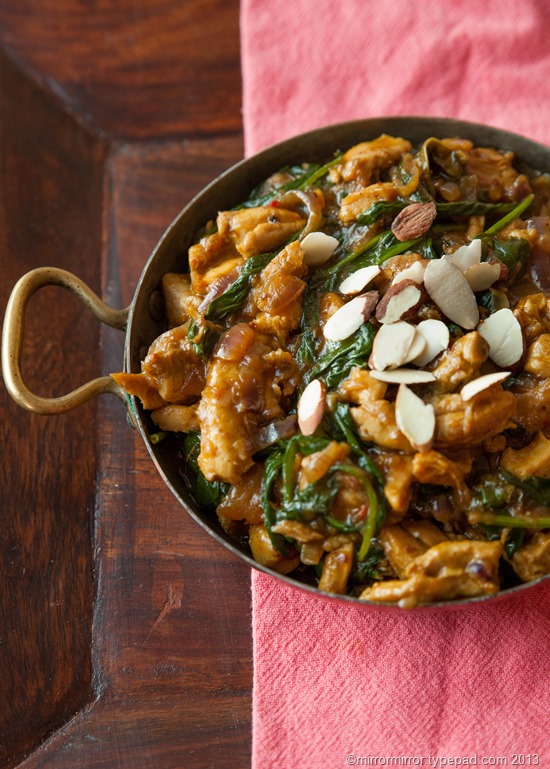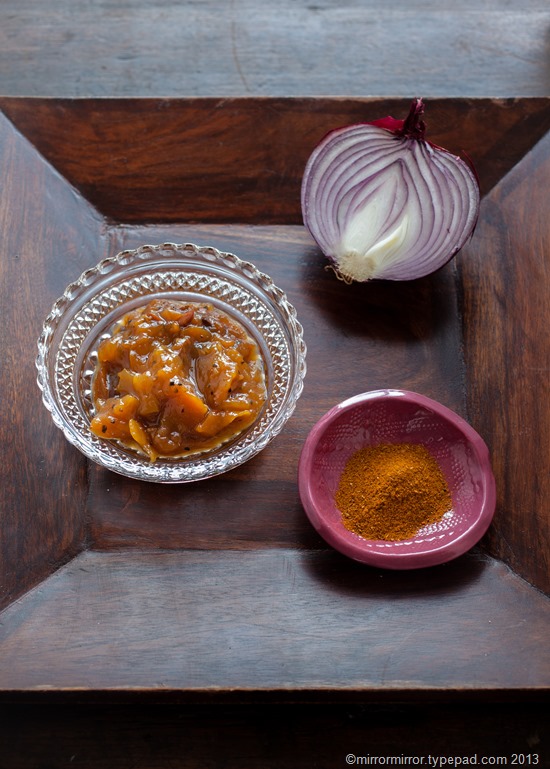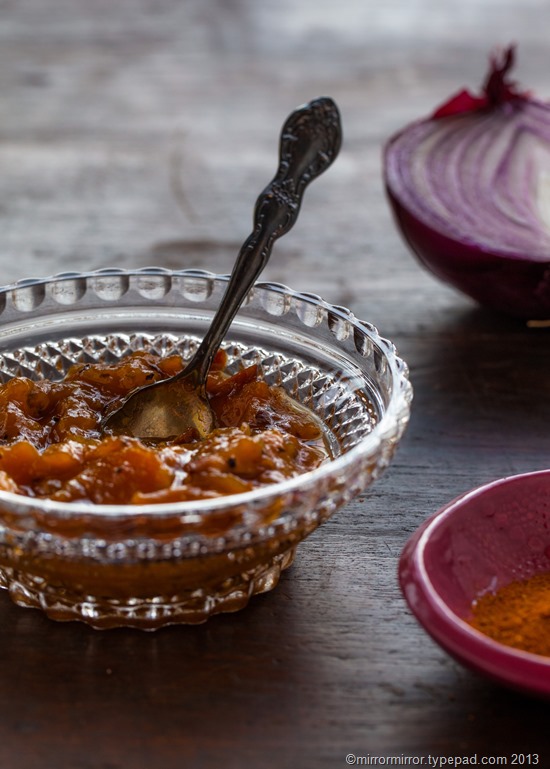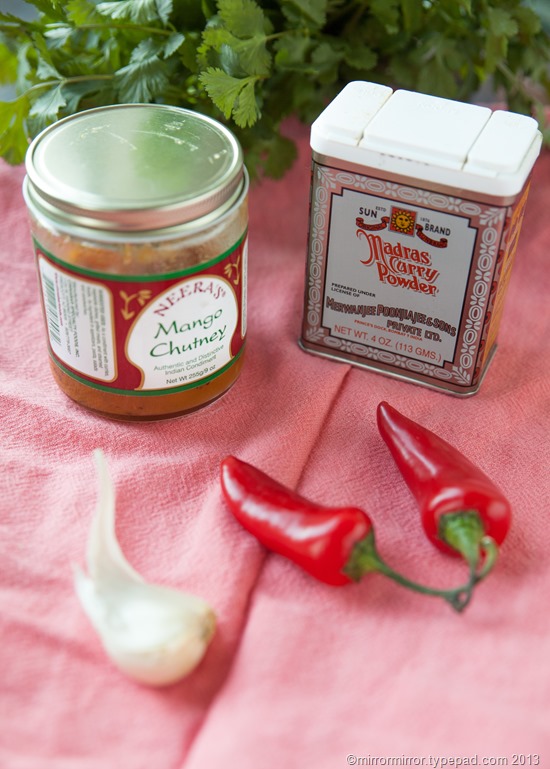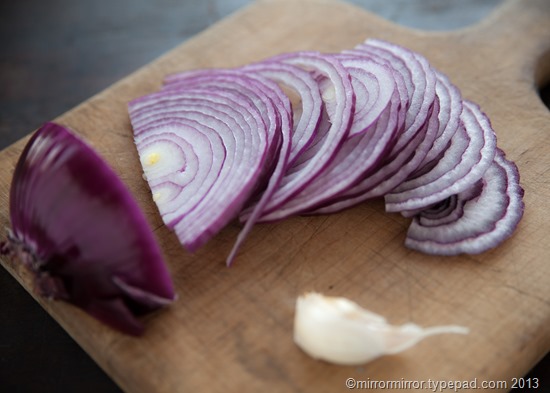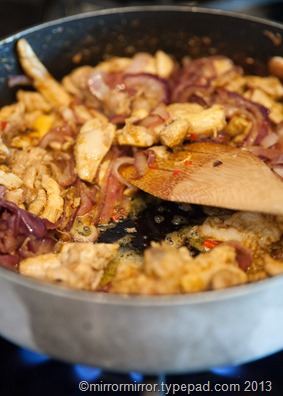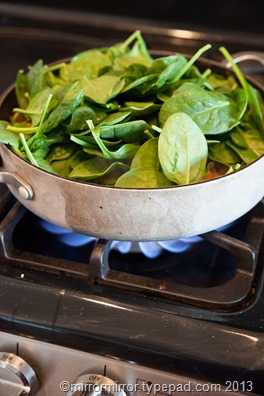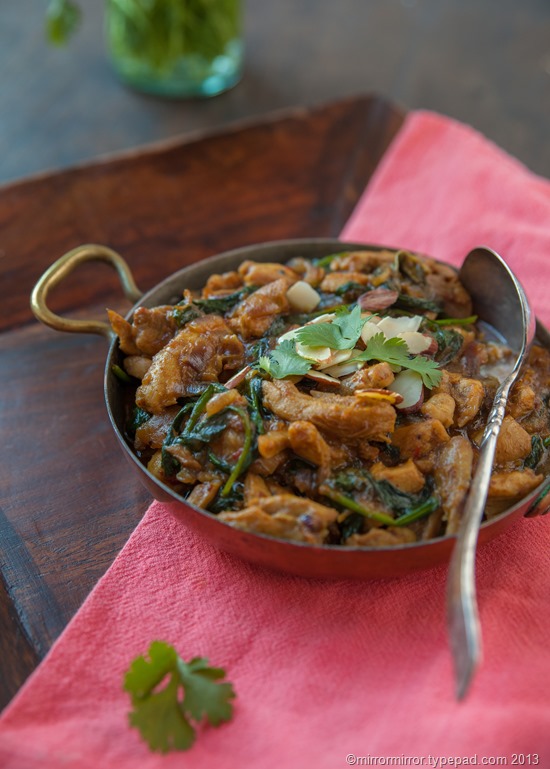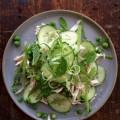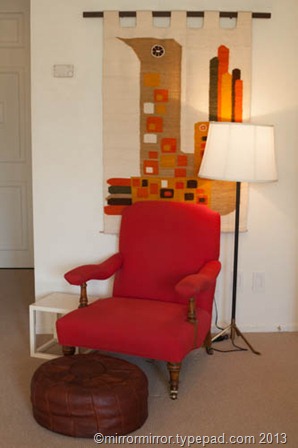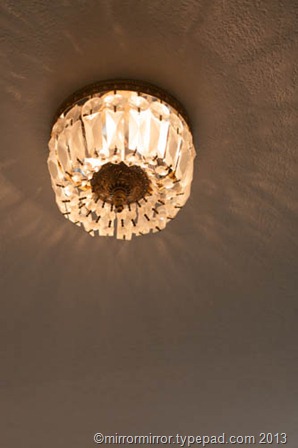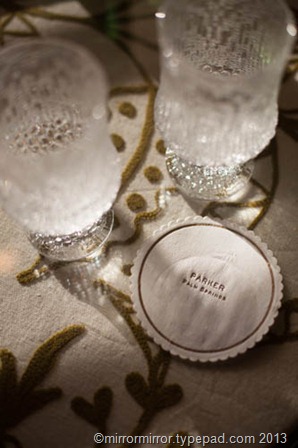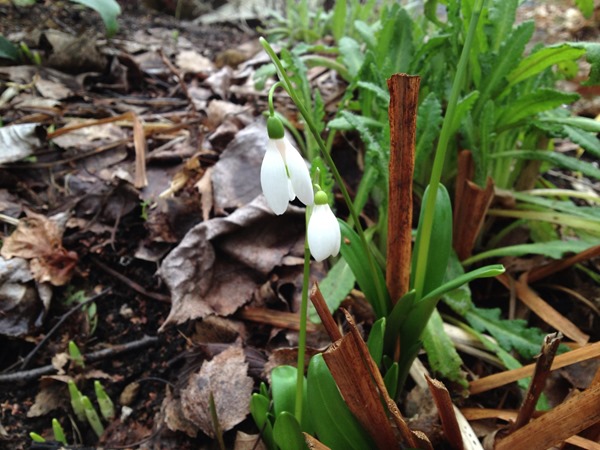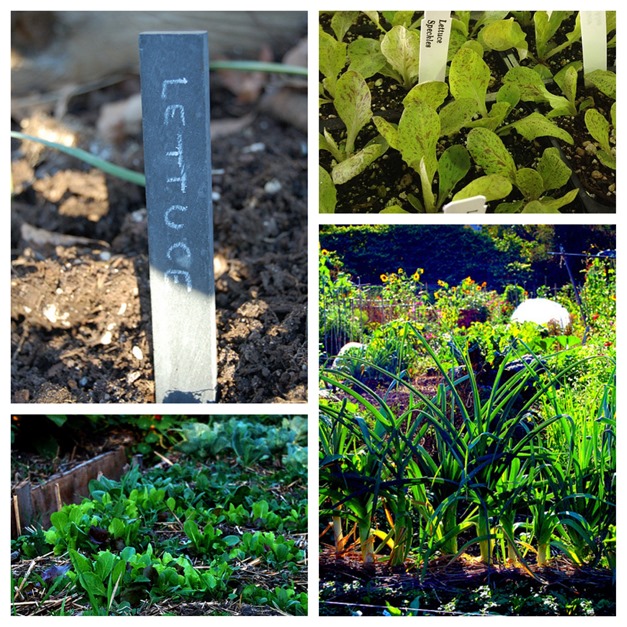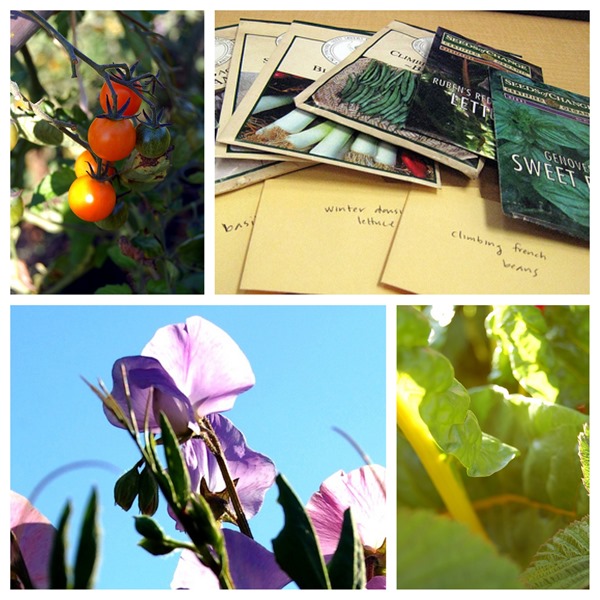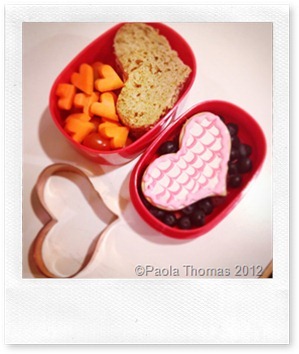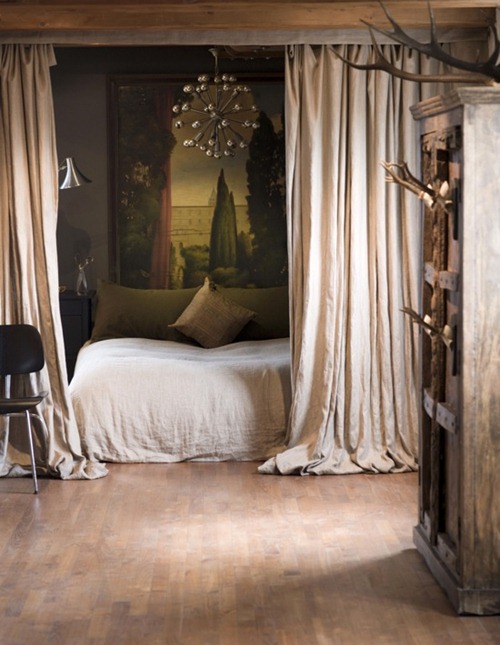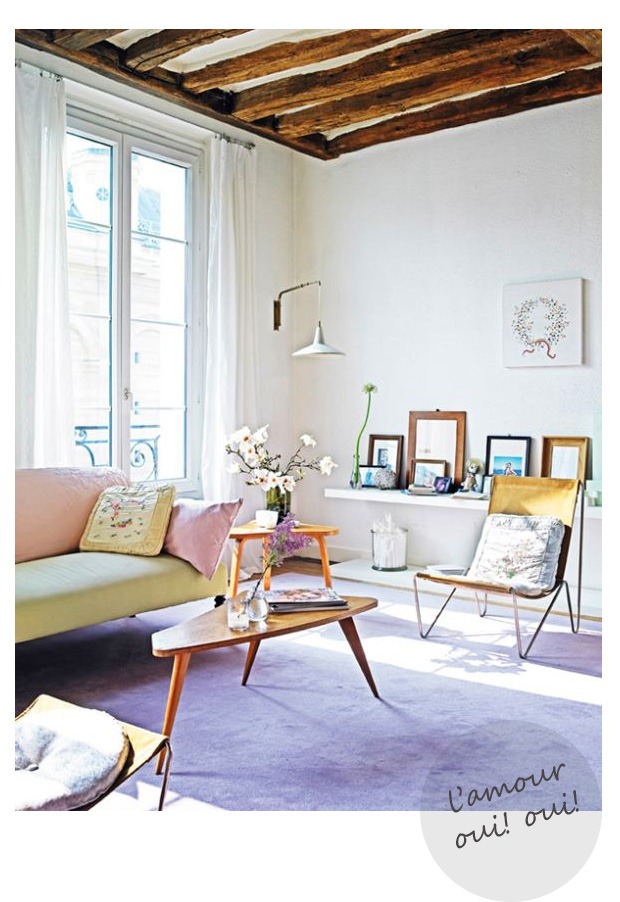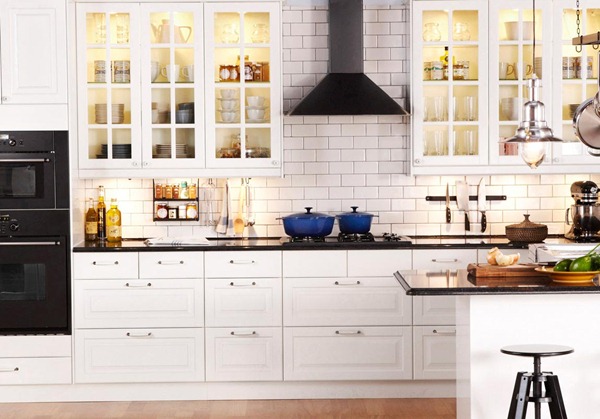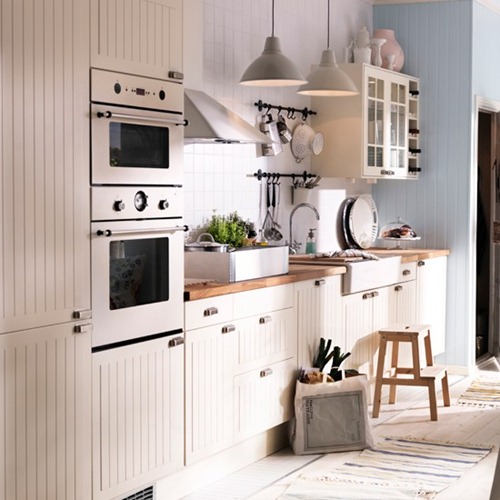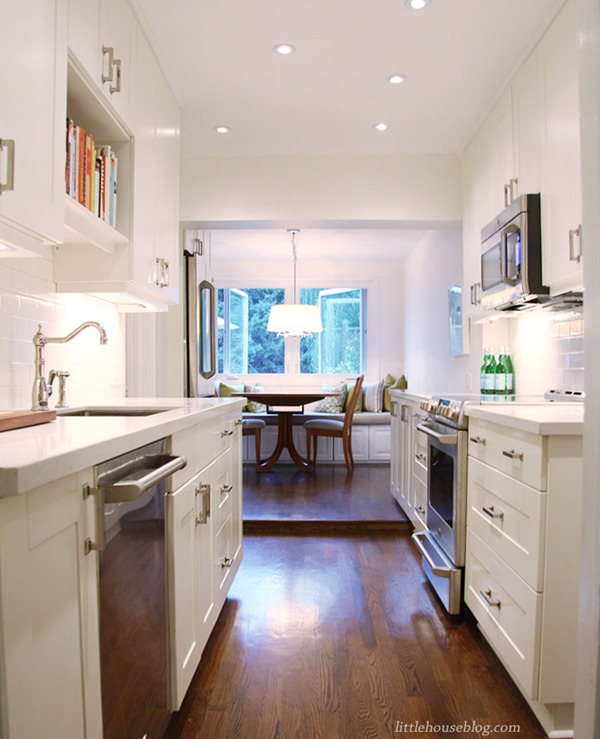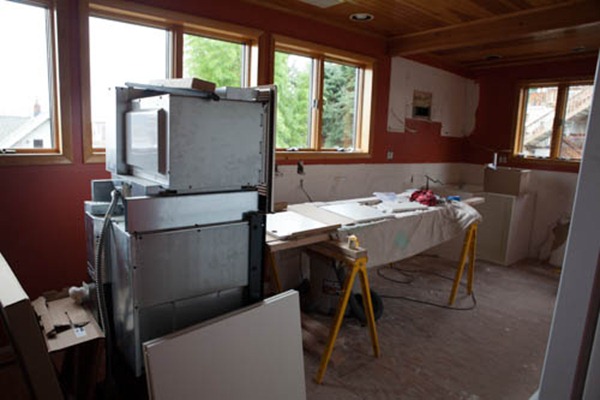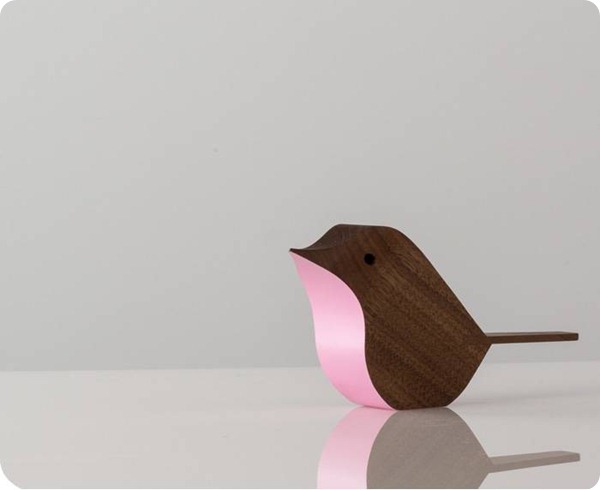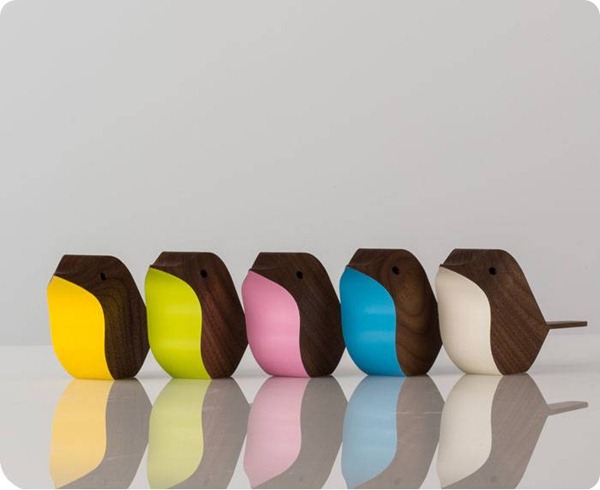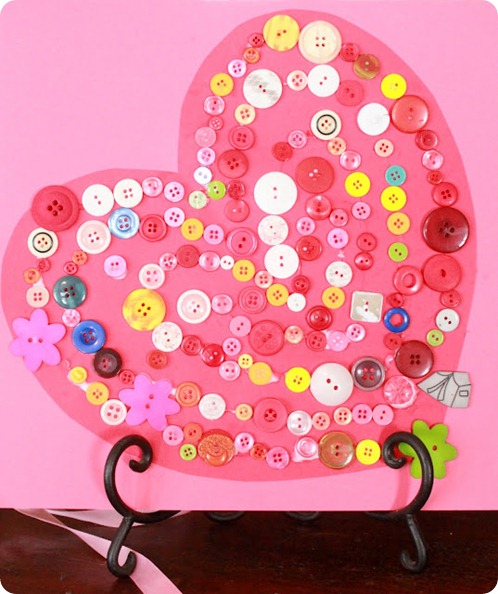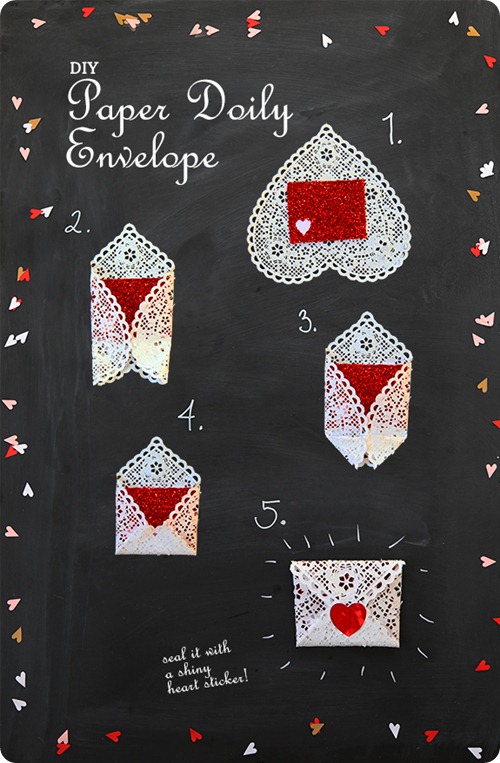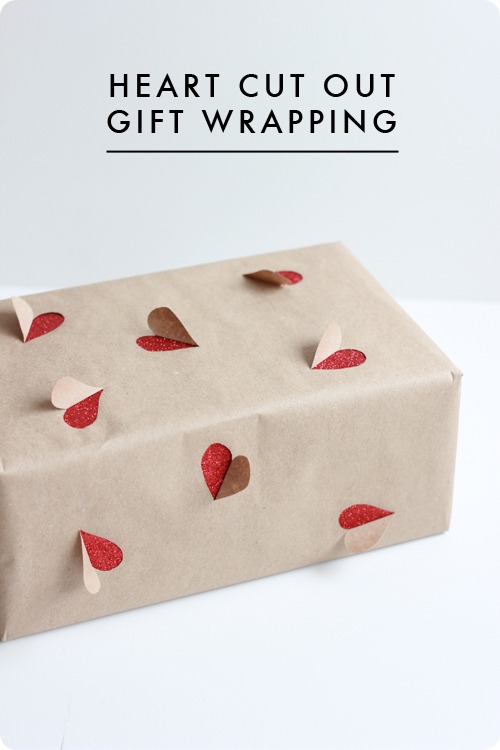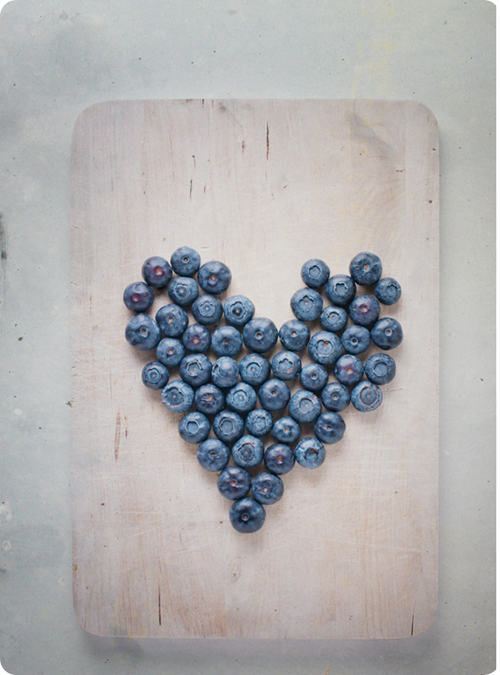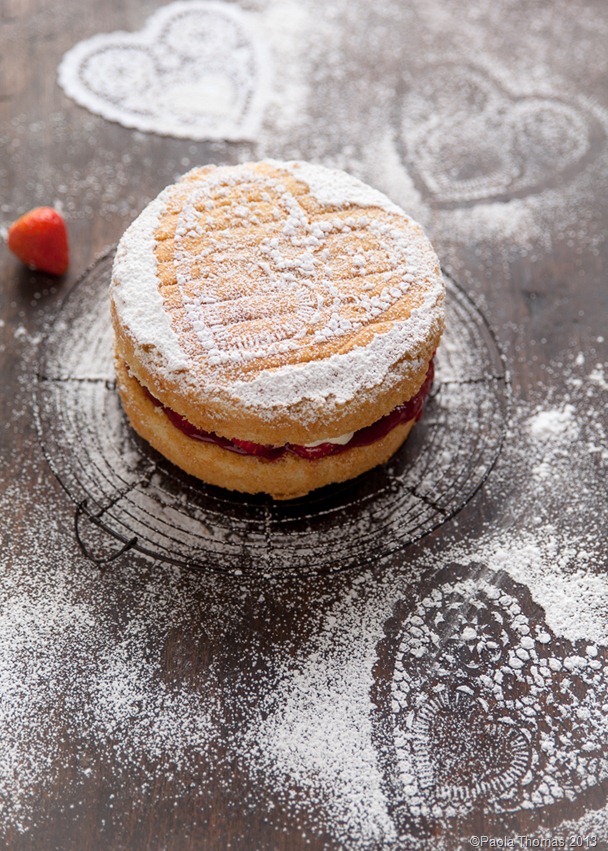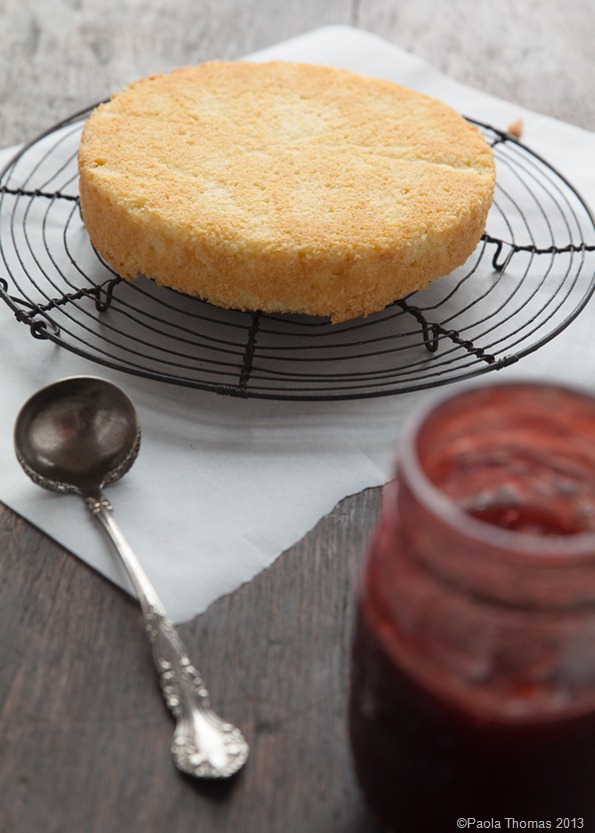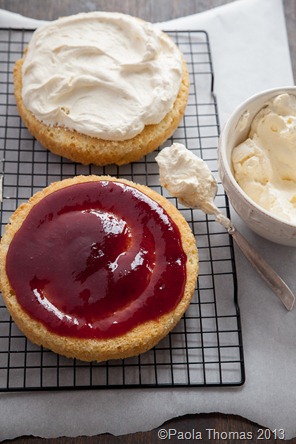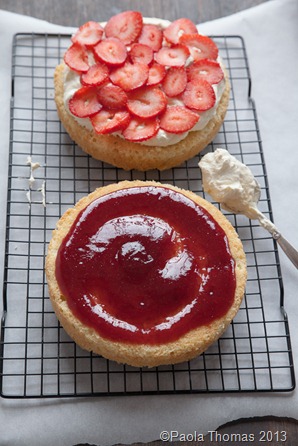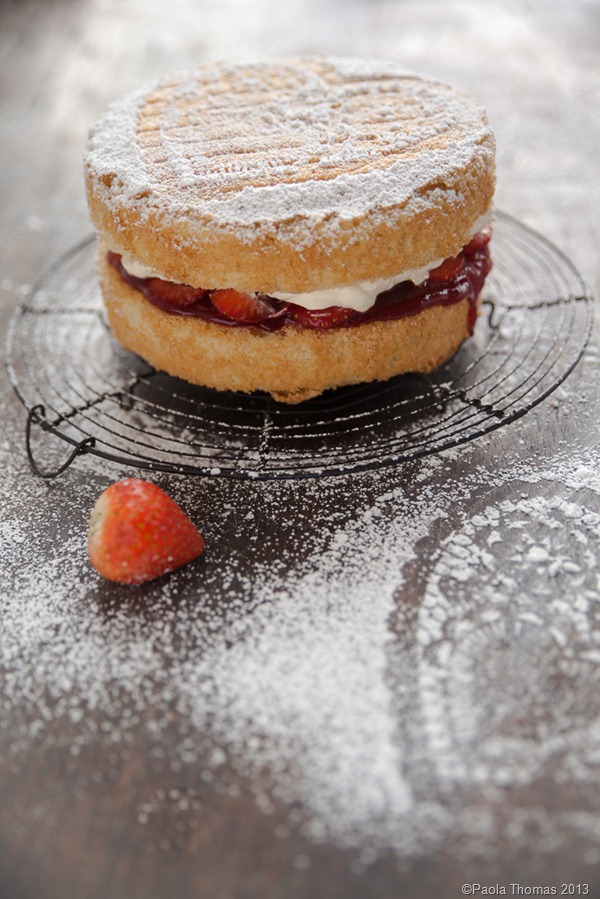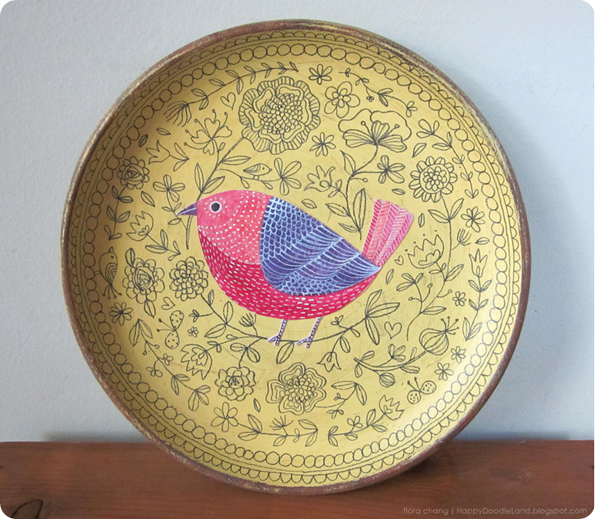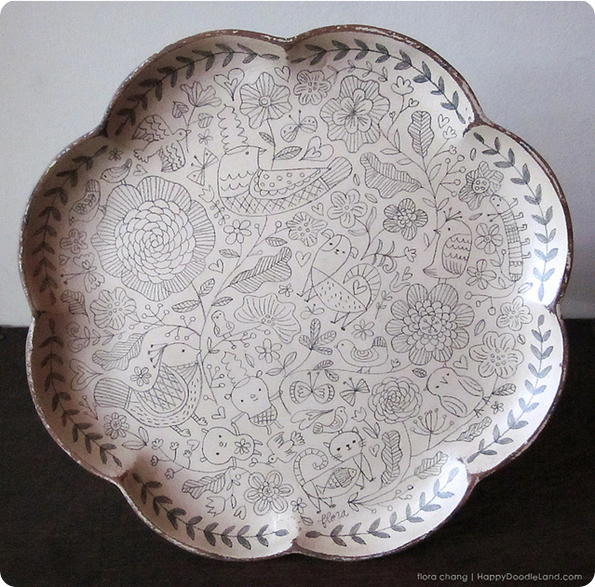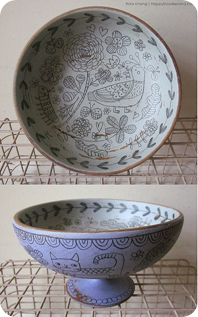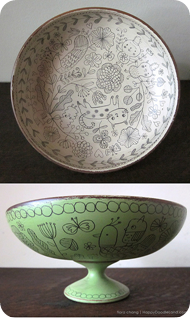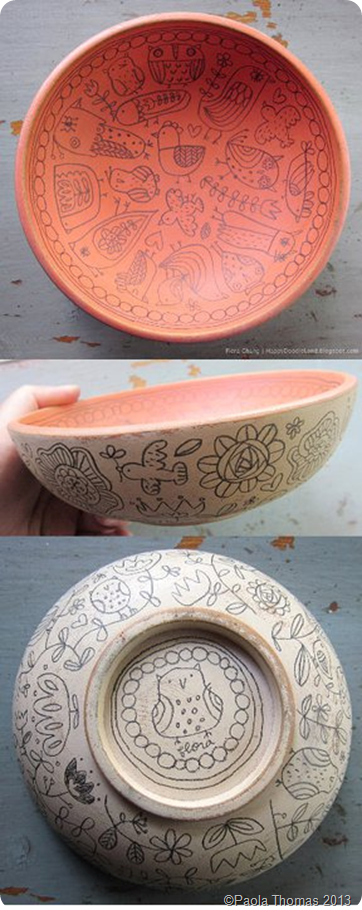It has become increasingly obvious that my body is completely incapable of tolerating carbs, so at the beginning of the year I decided to start eating the Paleo way. It’s not a diet per se, but I know I feel about a million times better if I cut my carb and sugar intake to a bare minimum.
Since this dish is based on ready made curry powder and mango chutney it is remarkably quick and easy – we make it all the time for a weekday supper – but still quite delightfully fruity, aromatic and succulent. I miss good curry like nobody’s business here in Seattle, and while this is not remotely authentic, it certainly hits my curry sweet spot. (And yes, I know that mangoes aren’t strictly Paleo, but I figured the small quantities used here wouldn’t hurt too much.)
Because they are so integral to the dish it is important that you use the best quality curry powder and mango chutney you can lay your hands on – that ancient pot of stale, yellowish-brownish power at the back of your store cupboard is not going to cut it, nor is a jar of sickly sweet jam-like commercial mango chutney.
Instead go to a good grocer or supermarket where they might sell curry powders imported from India, and high quality artisan chutneys, full of fruit and whole spices; or try your local spice shop or gourmet food shop. I like to experiment with different spice blends and chutneys and make subtly different versions of this dish. I’ve had good success using Sun Brand Madras curry powder imported from India and available on Amazon and Neera’s mango chutney.
Ingredients
1 tablespoon coconut oil or ghee
1 large onion, thinly sliced
3 cloves garlic, crushed (or to taste)
1 small fresh red chili, finely chopped
2 tablespoons curry powder (or to taste)
2tbsps coconut oil or ghee
1 boneless, skinless chicken (I used chicken thighs, but you could also use breasts) cut into thin strips
1 cup mango chutney
1 1/2 cups coconut milk or single cream (half and half)
1 bag of baby spinach or some fresh sorrel if you’re lucky
Salt and pepper to taste
Coriander (cilantro) to garnish
